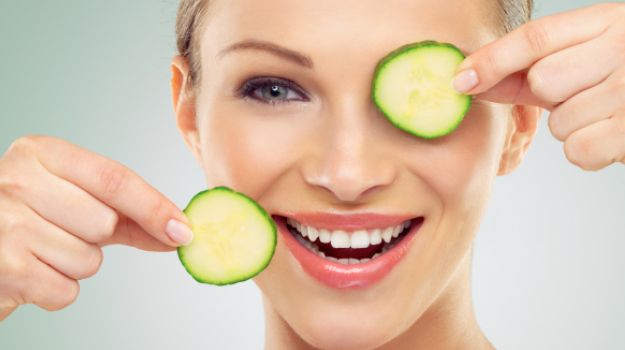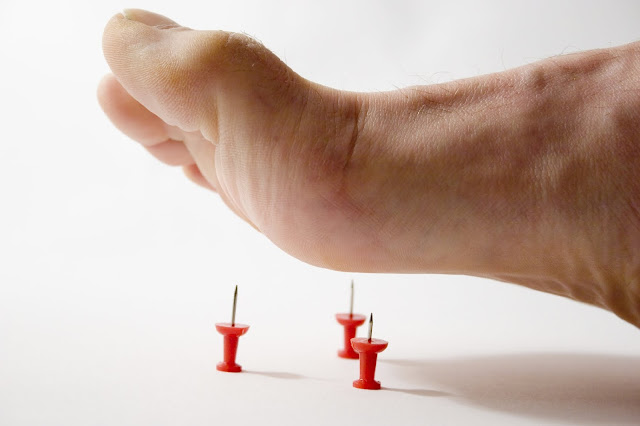We've all been there. We go to the
gym for a few days, maybe a week, and the next week rolls around and we give in
to laziness or exhaustion. We find ourselves disappointed for not going.
Despite all that determination you had in the beginning, you find it difficult
to make daily exercise a habit and a priority. What is wrong with these people
who are able to run every day? Why can't I do that too?
The problem isn't motivation or
determination. You've probably got plenty of both. The problem is that you
didn't keep at it long enough for it to become ingrained in your schedule. It
wasn't a habit, but rather a temporary fix. So, how do you make exercise a
priority in your life rather than something you do on a whim of inspiration?
In 5 easy
steps you’re ready to go
Schedule The
Time: Take
your day and break it into hours on a piece of paper. Now, pencil in your
workout time. It's recommended by many experts that you exercise in the
morning. Not only do you burn more calories at that time, but it will energize
you for the day. Plus, a bad day at work or an exhausting day at school won't
keep you from getting your exercise in if you do it beforehand.
Choose Your
Workout: What
do you like to do? Whether it's swimming, running, cycling, or lifting weights,
find something you enjoy. If doing the same thing daily bores you, do something
different every day. Switch it up. Make it fun!
Set Your
Goals: What
do you want to get out of this? Do you want flat abs, skinnier waist, more
muscle and bulk? Whatever it is, write it down. Post a note by your bed with
that goal written on it to motivate you to get up in the morning and actually
get out the door.
Stick to
Your Plan:
You wake up one morning and you're feeling a little sleepy. Once you decide
you're going to do something, stick to it. This will be difficult and don't
think that it ever will be easy. If you can make it through the first few weeks
then you're fast on your way to making exercise a habit.
Reward
Yourself for Good Behaviour: Is there a new pair of shoes you've been eying? How about treating
yourself to a small piece of your favourite dessert? It's okay to reward
yourself for being good. If it keeps you on track to creating a habit out of
exercise, then go for it (as long as it's safe, healthy, and legal!).
What exactly does building a habit do for you?
Most importantly, it makes exercise a priority in your life. Just like someone
who makes a habit out of drinking coffee, someone who has a habit of exercising
won't feel right if they don't get in their daily exercise time. And think of it
this way: what a great thing to become addicted to! Most importantly, try your
best. If you fall off track, don't get discouraged. Get right back on track and
don't give up!











